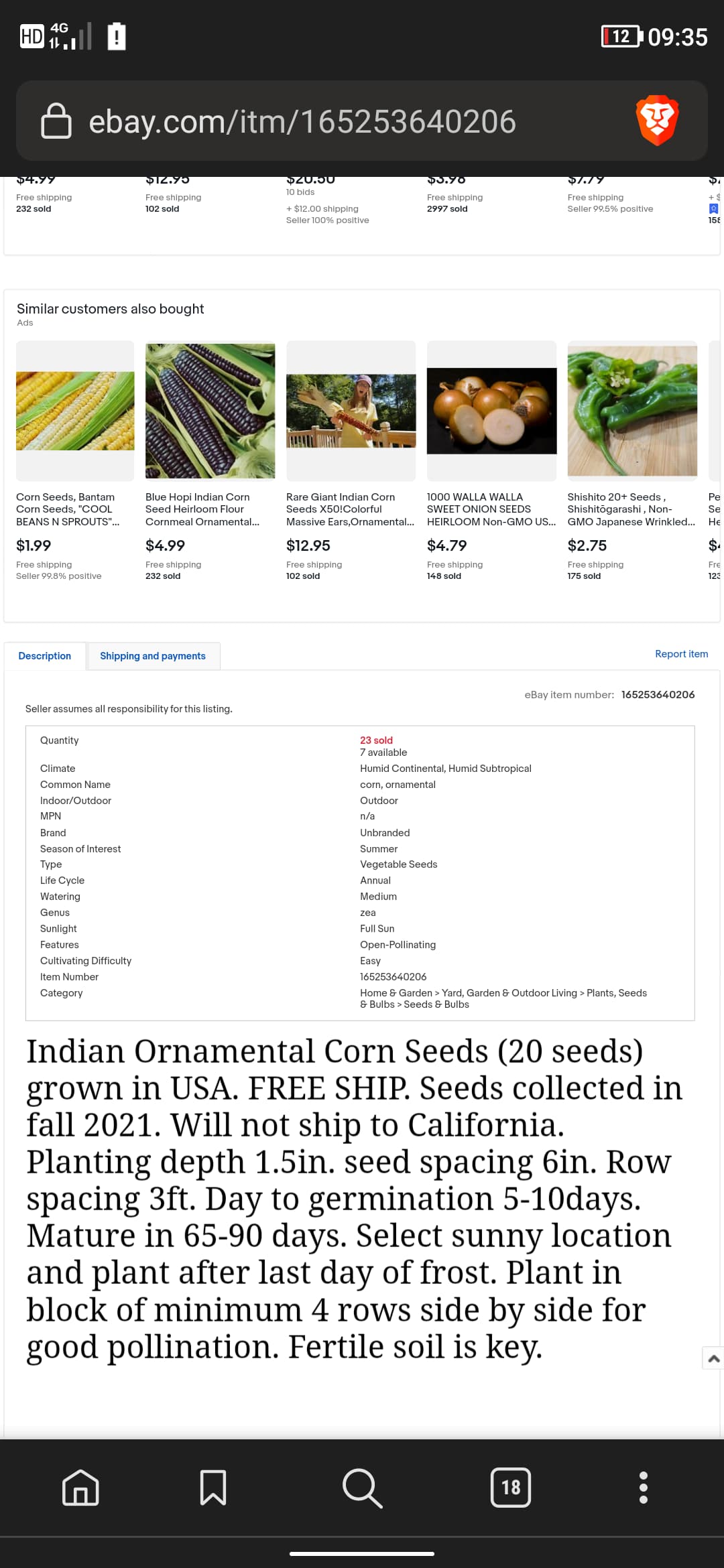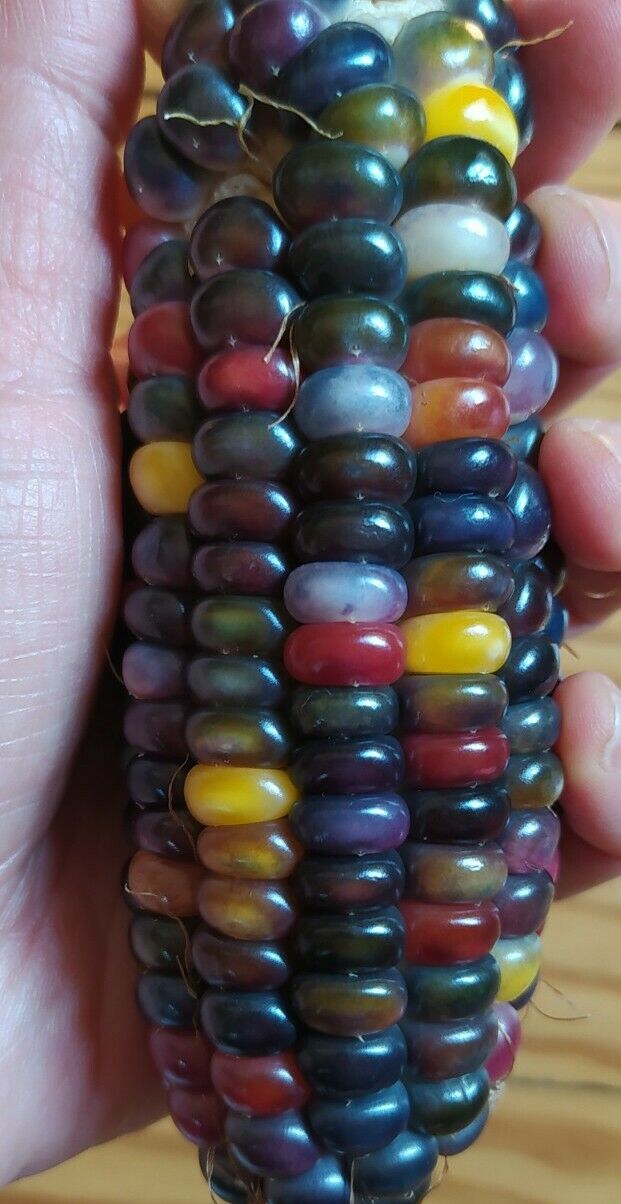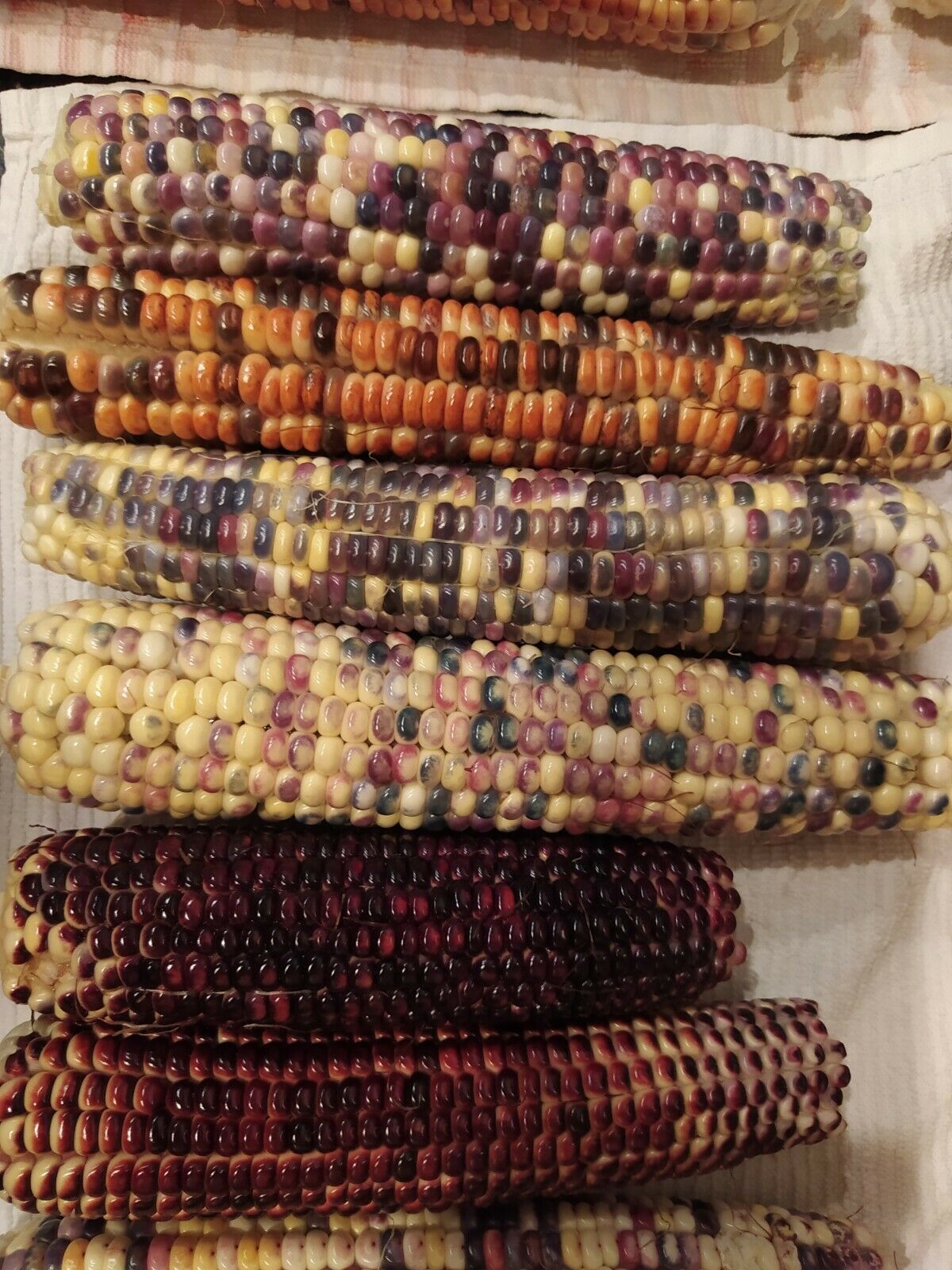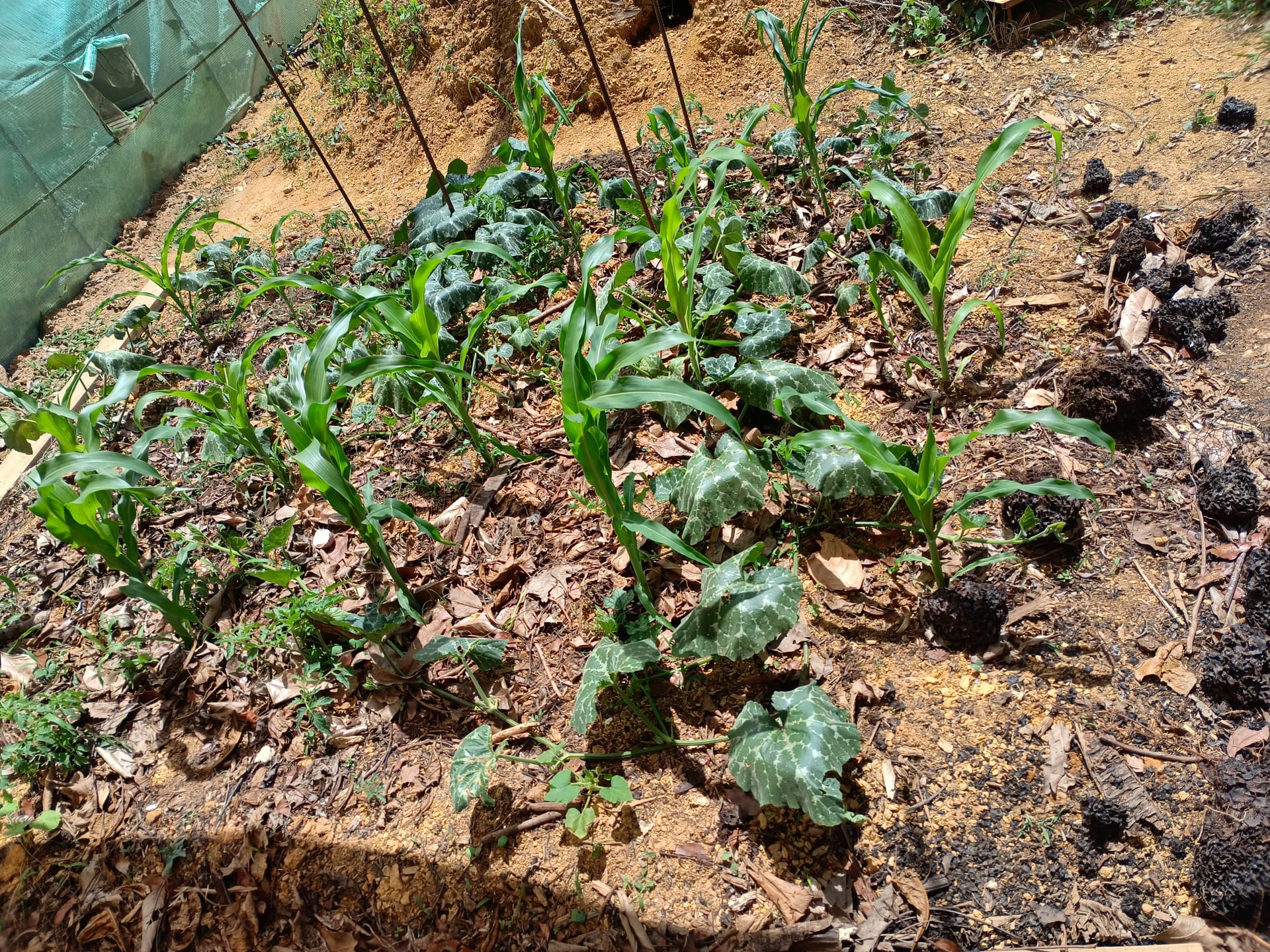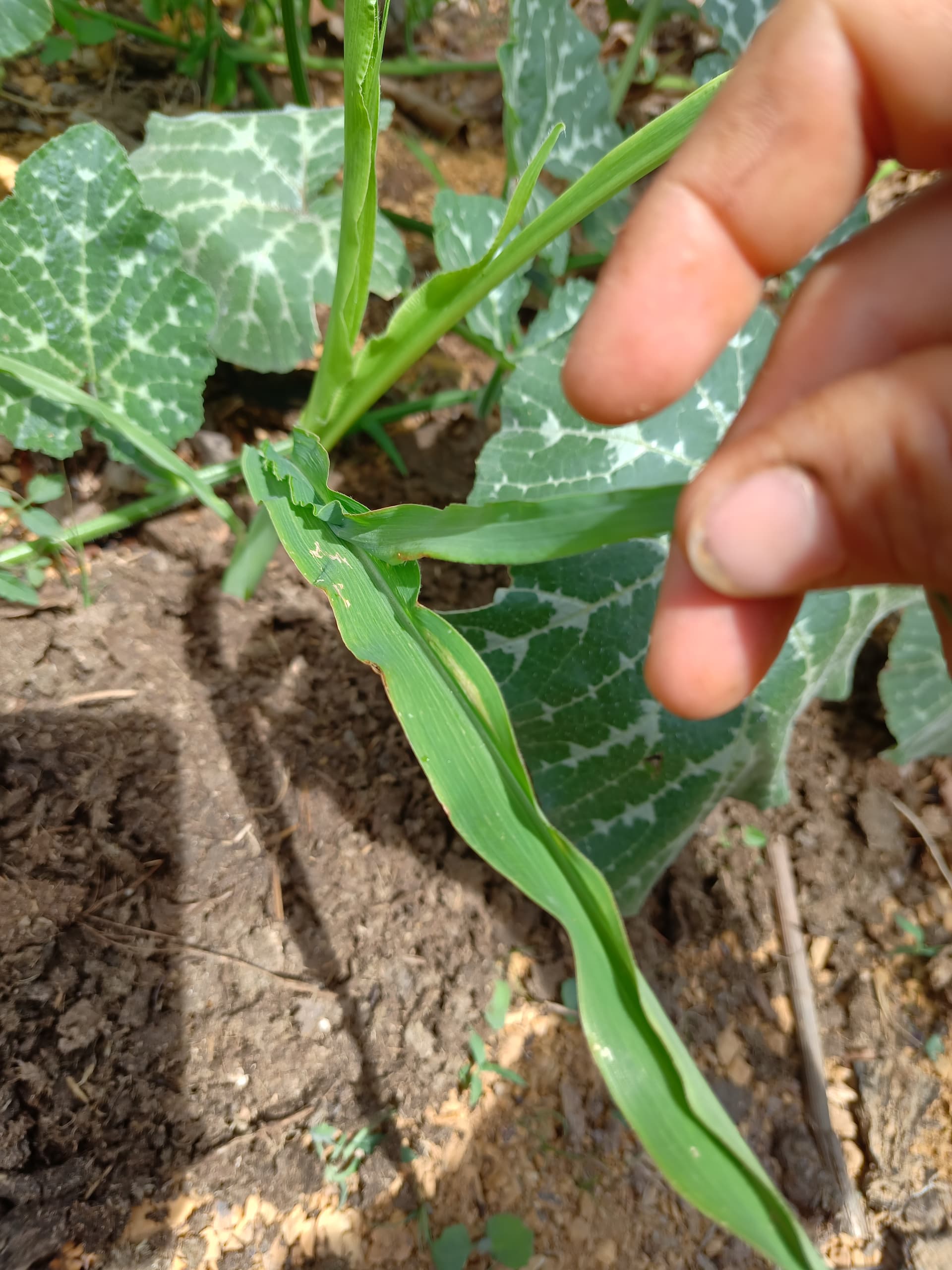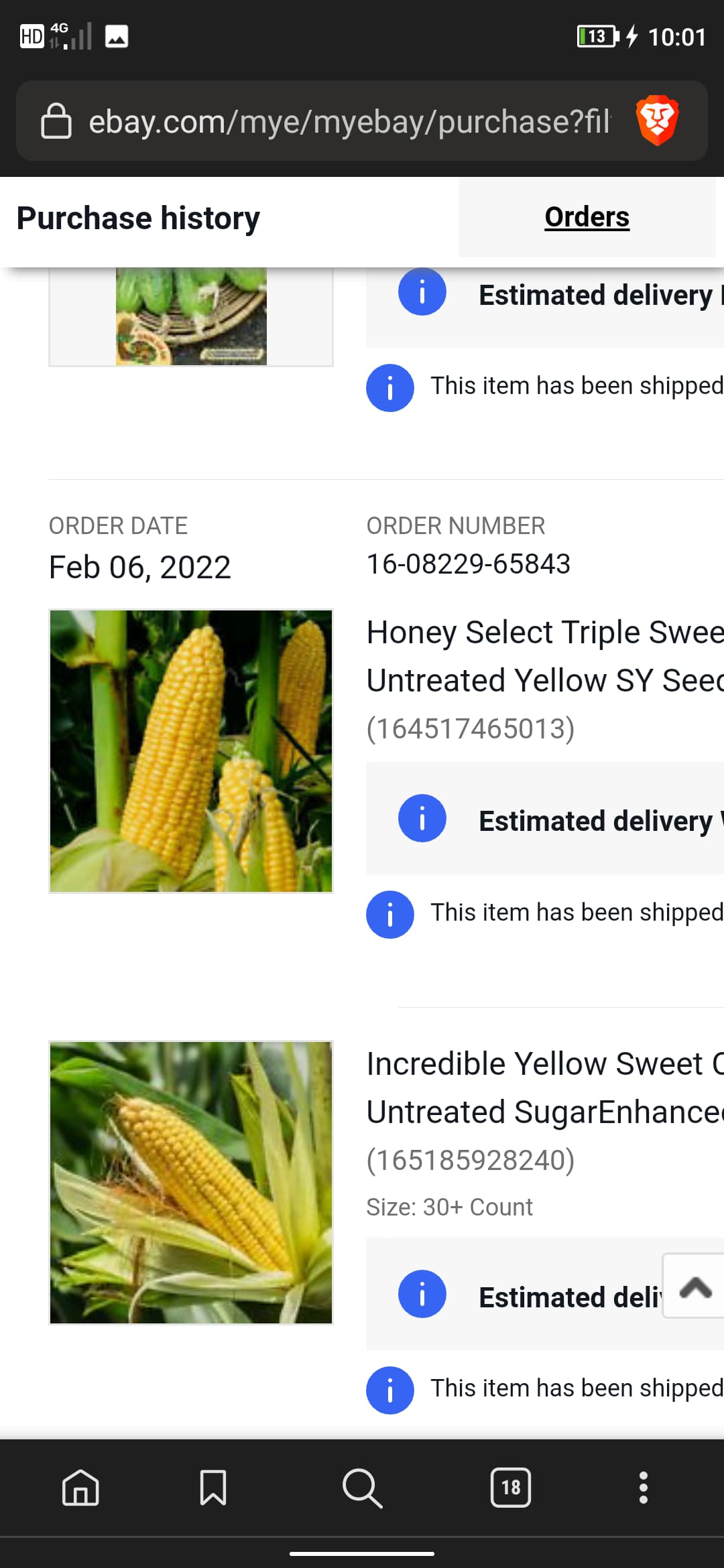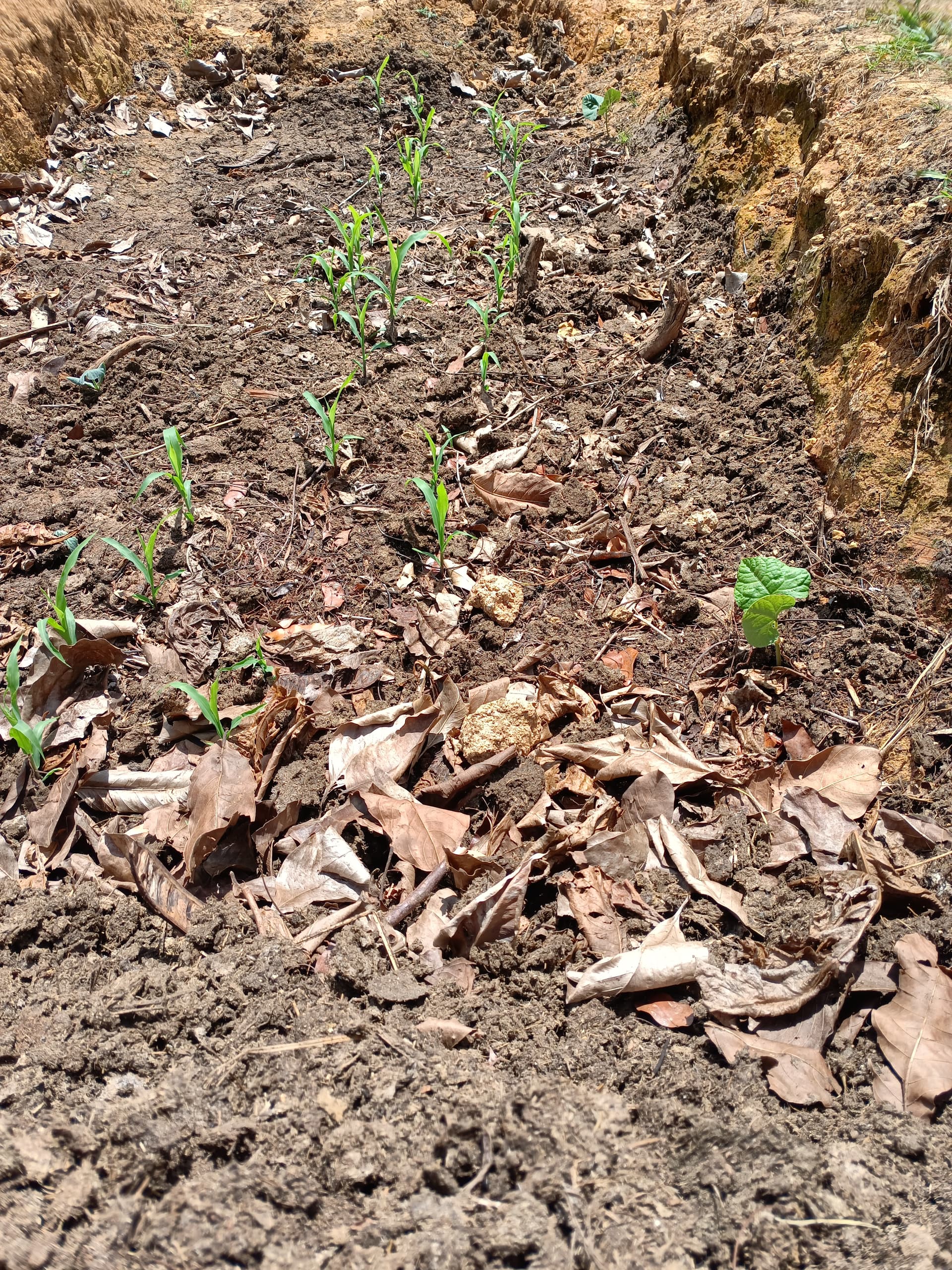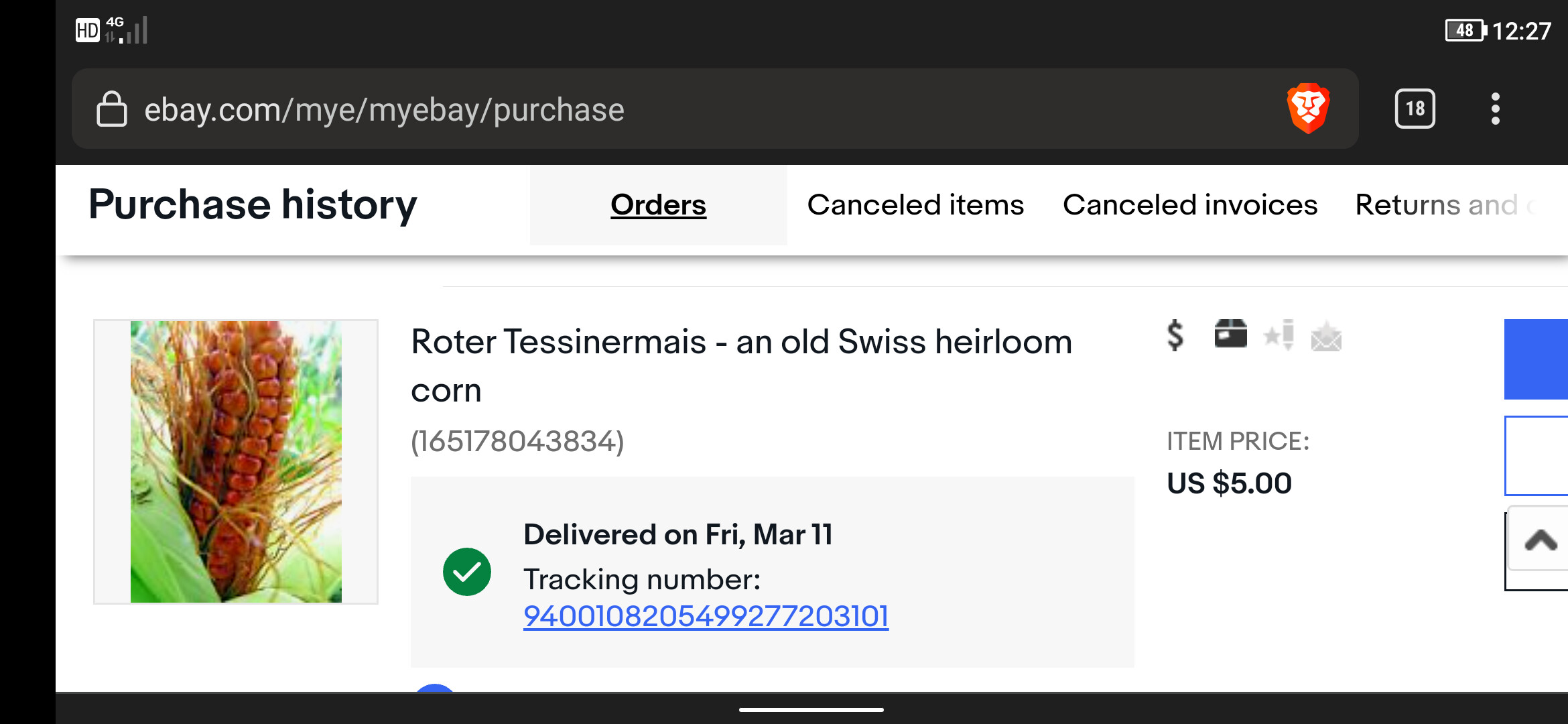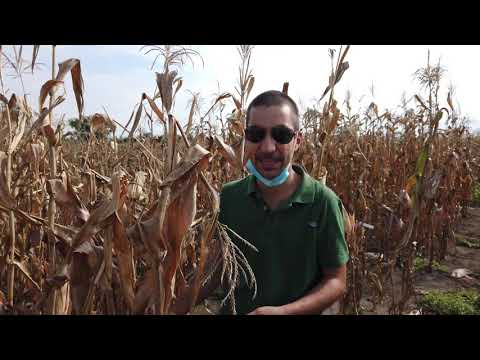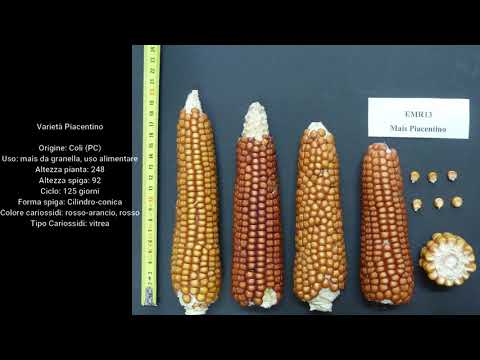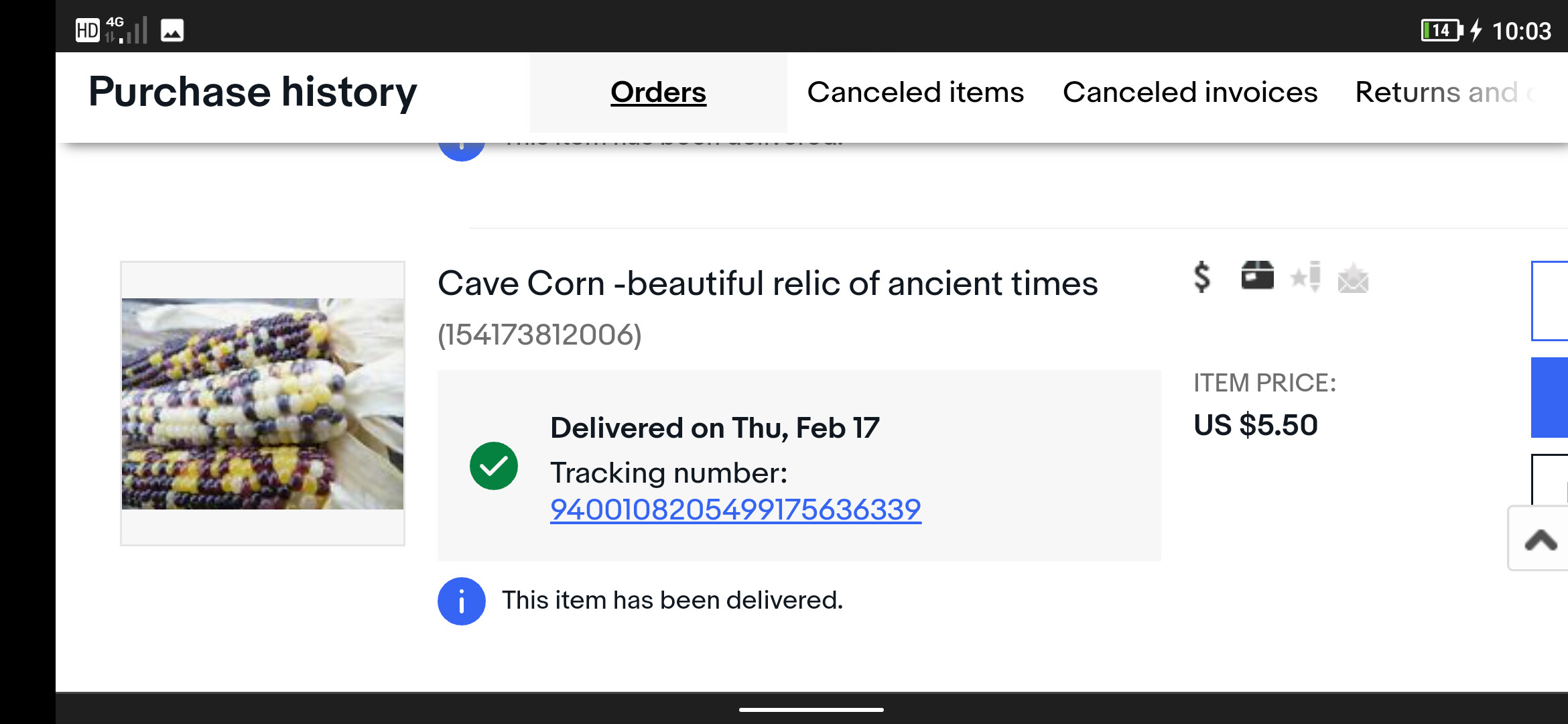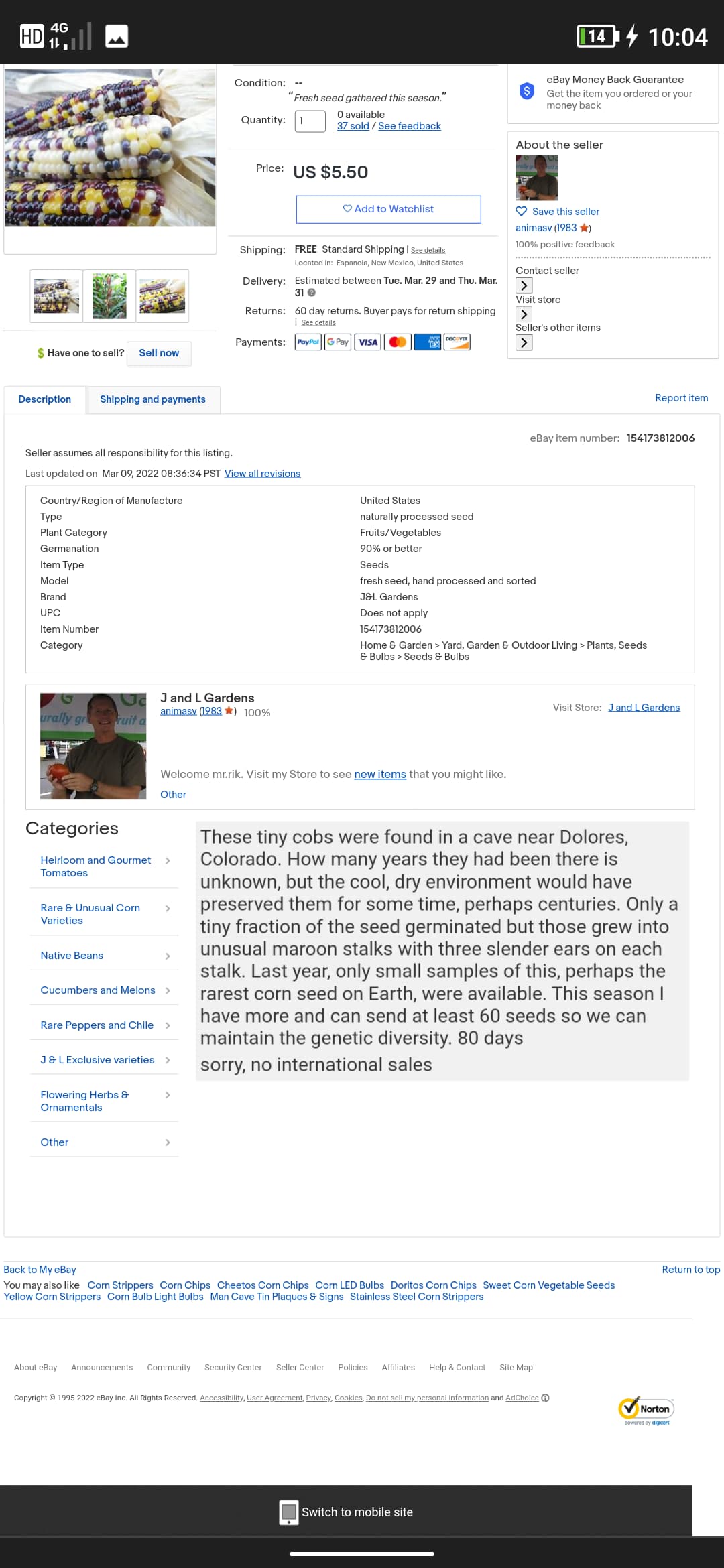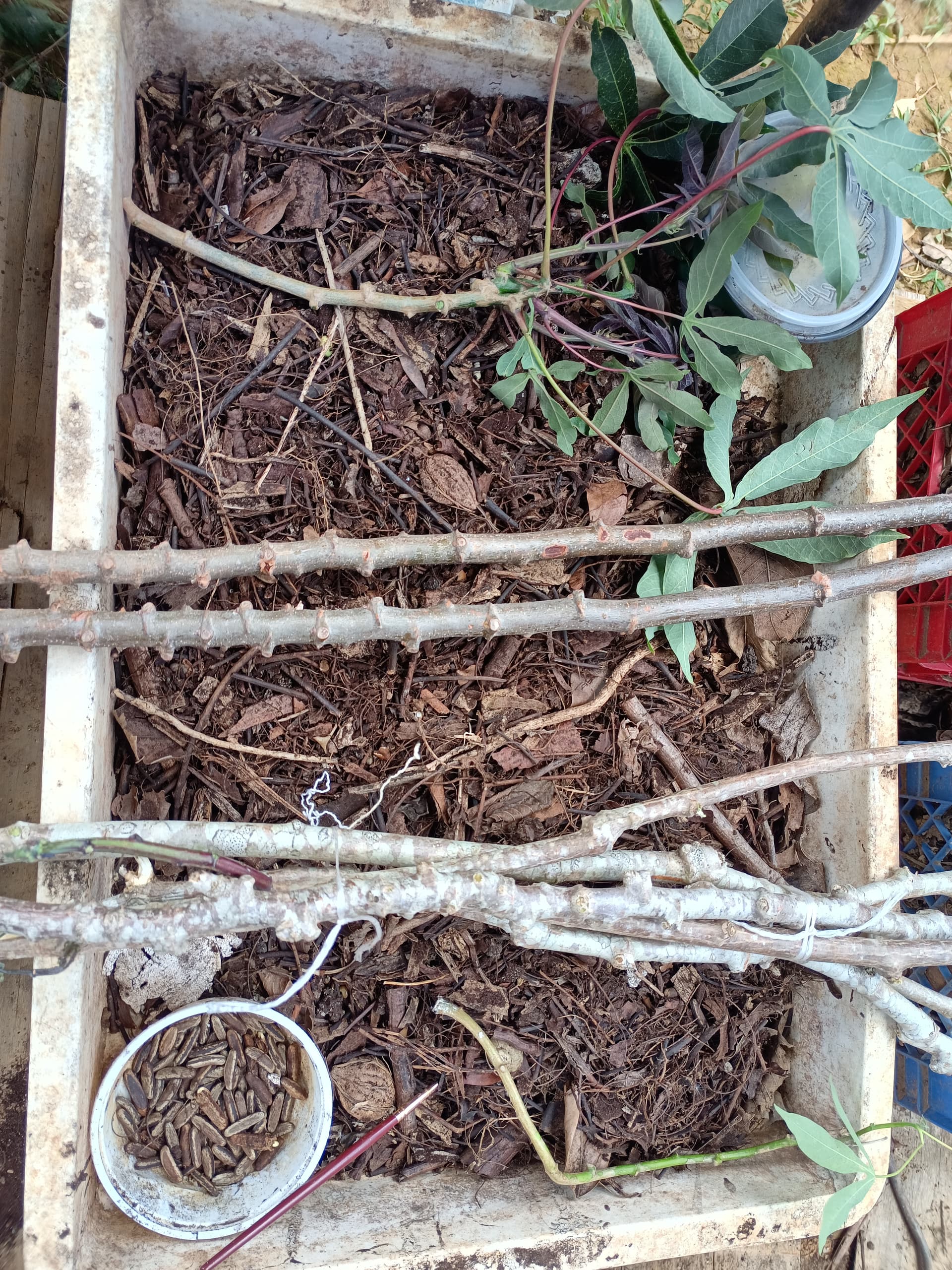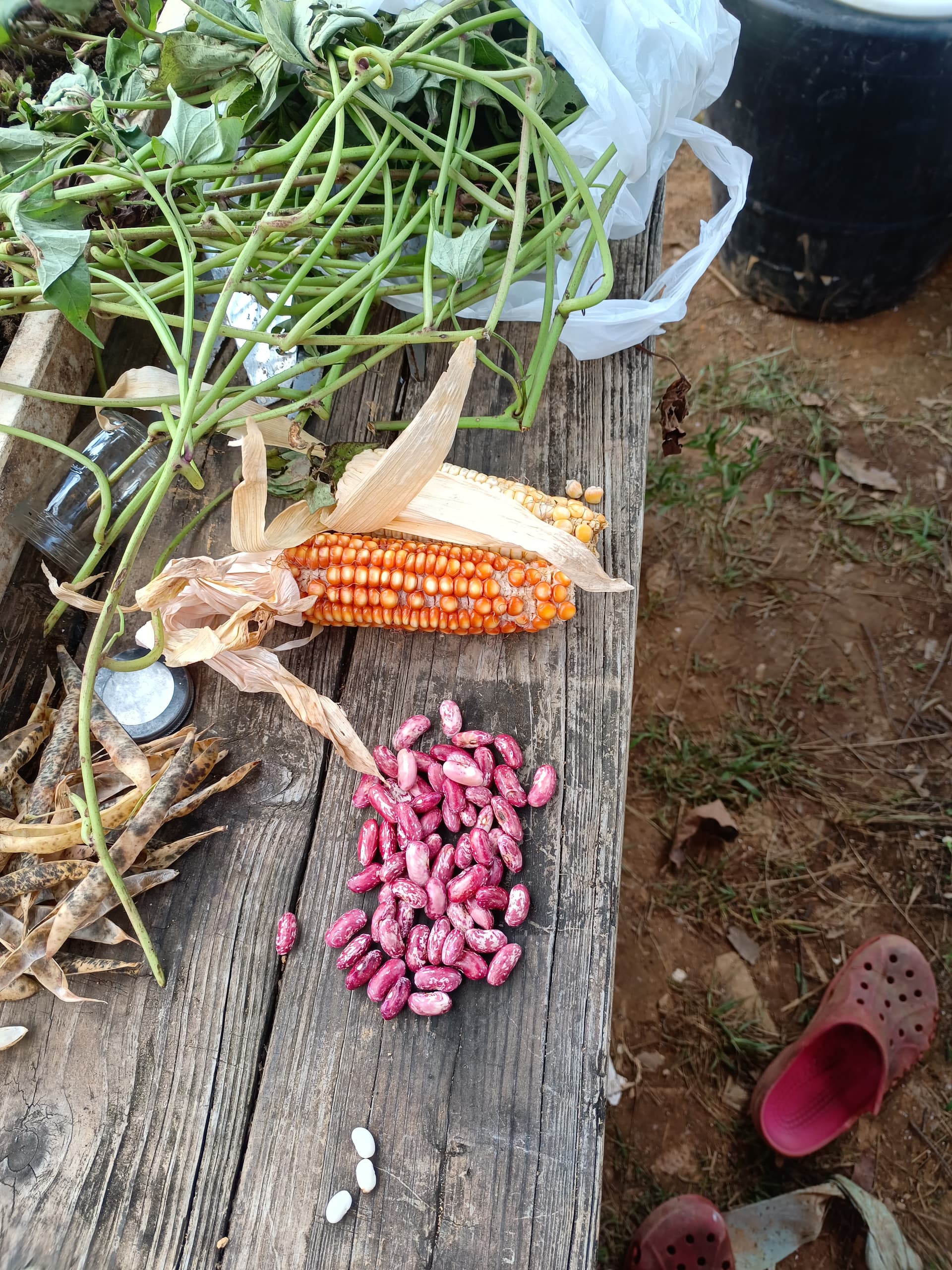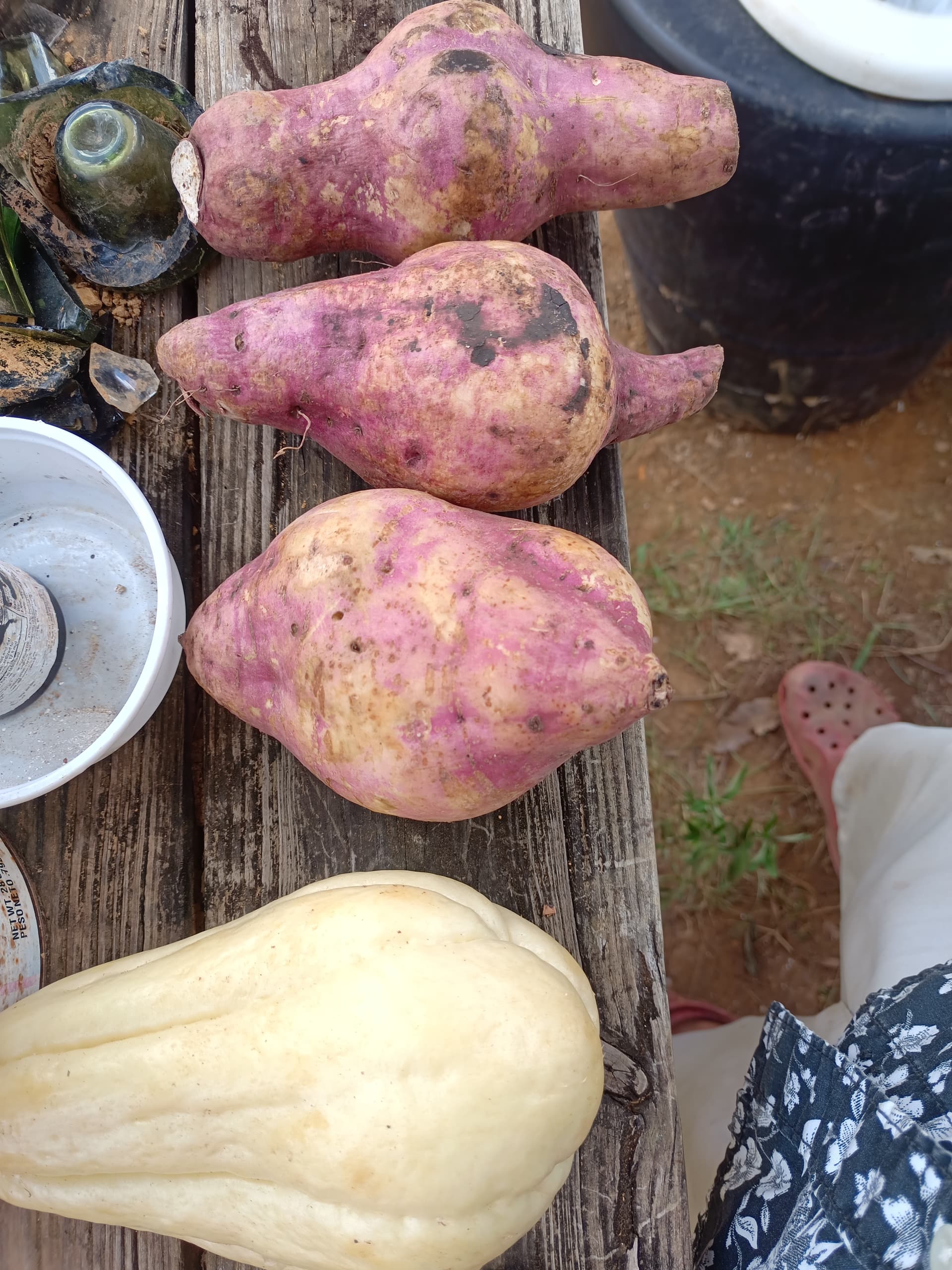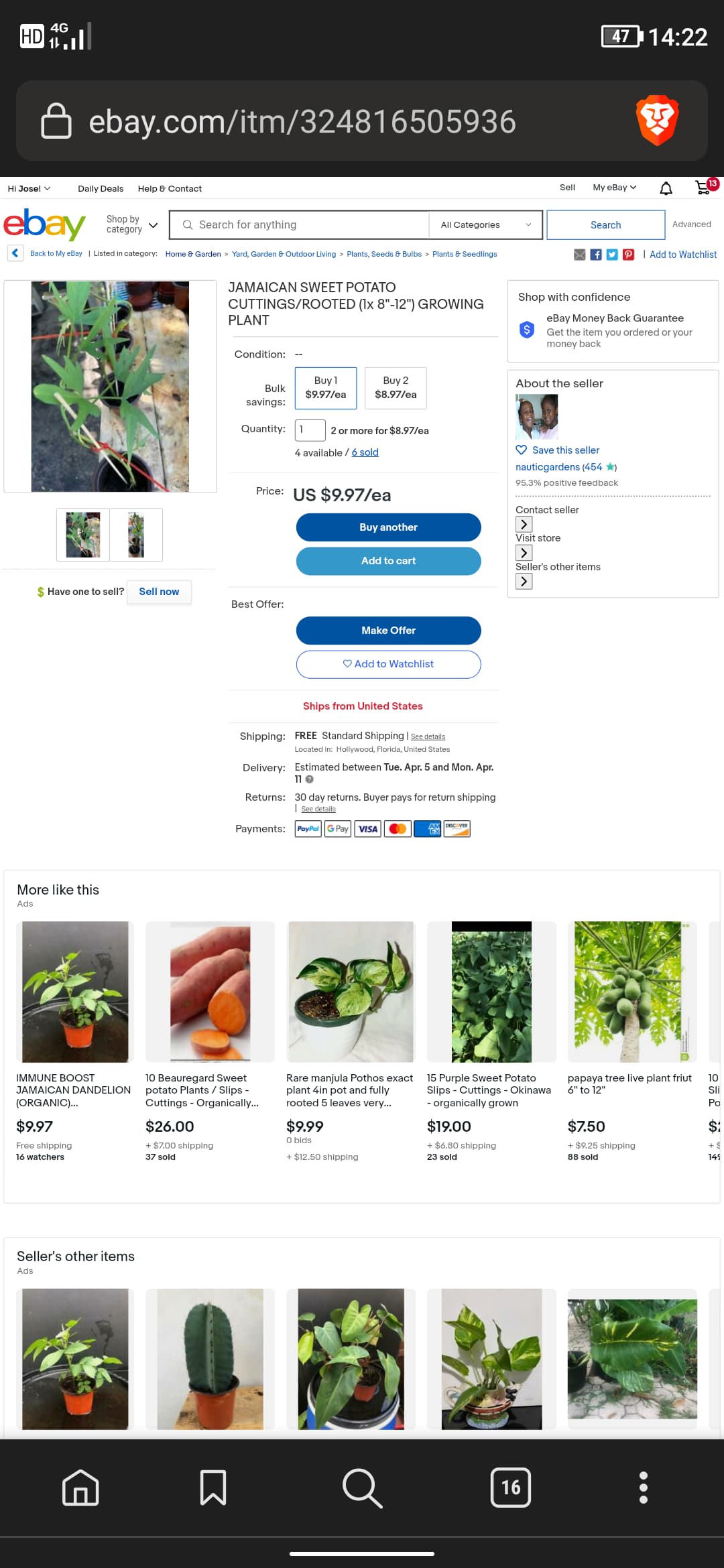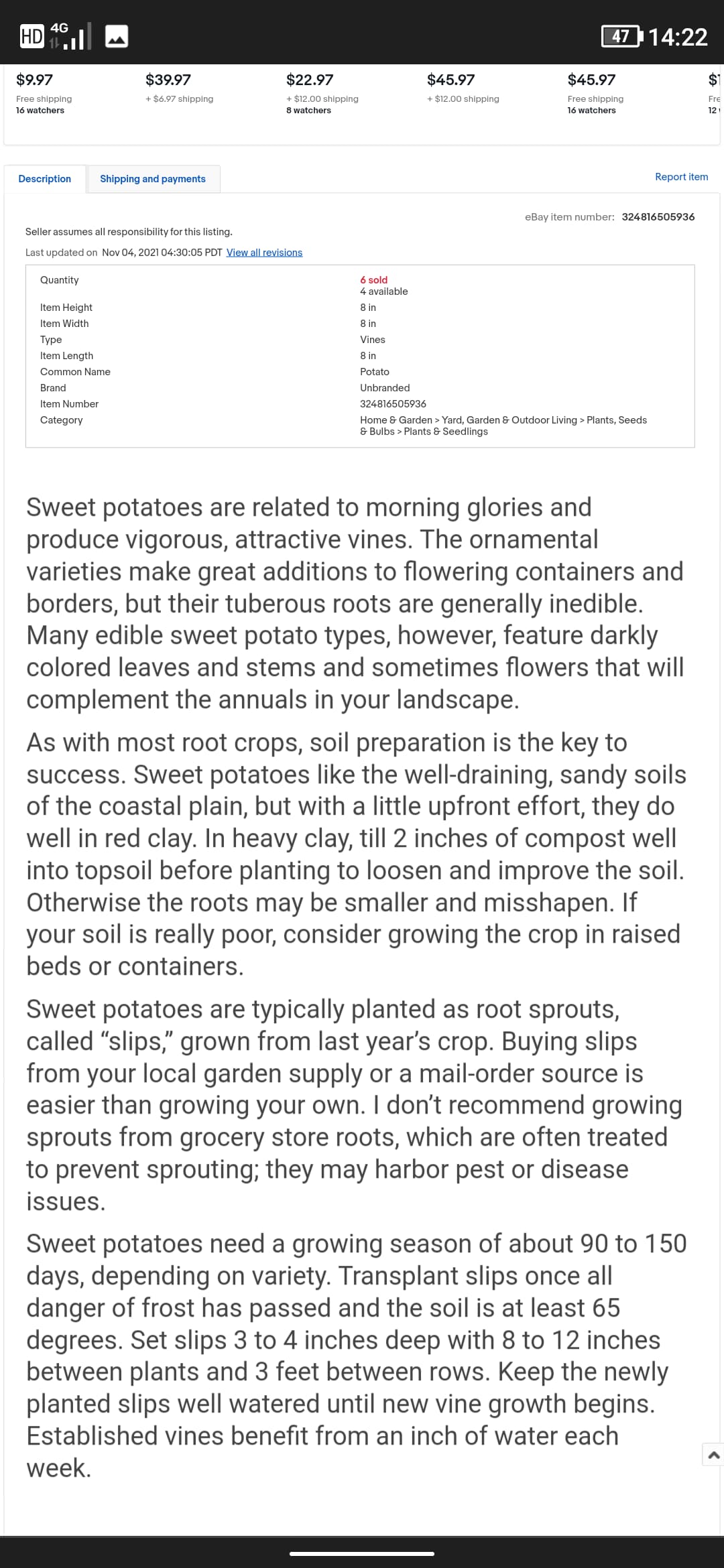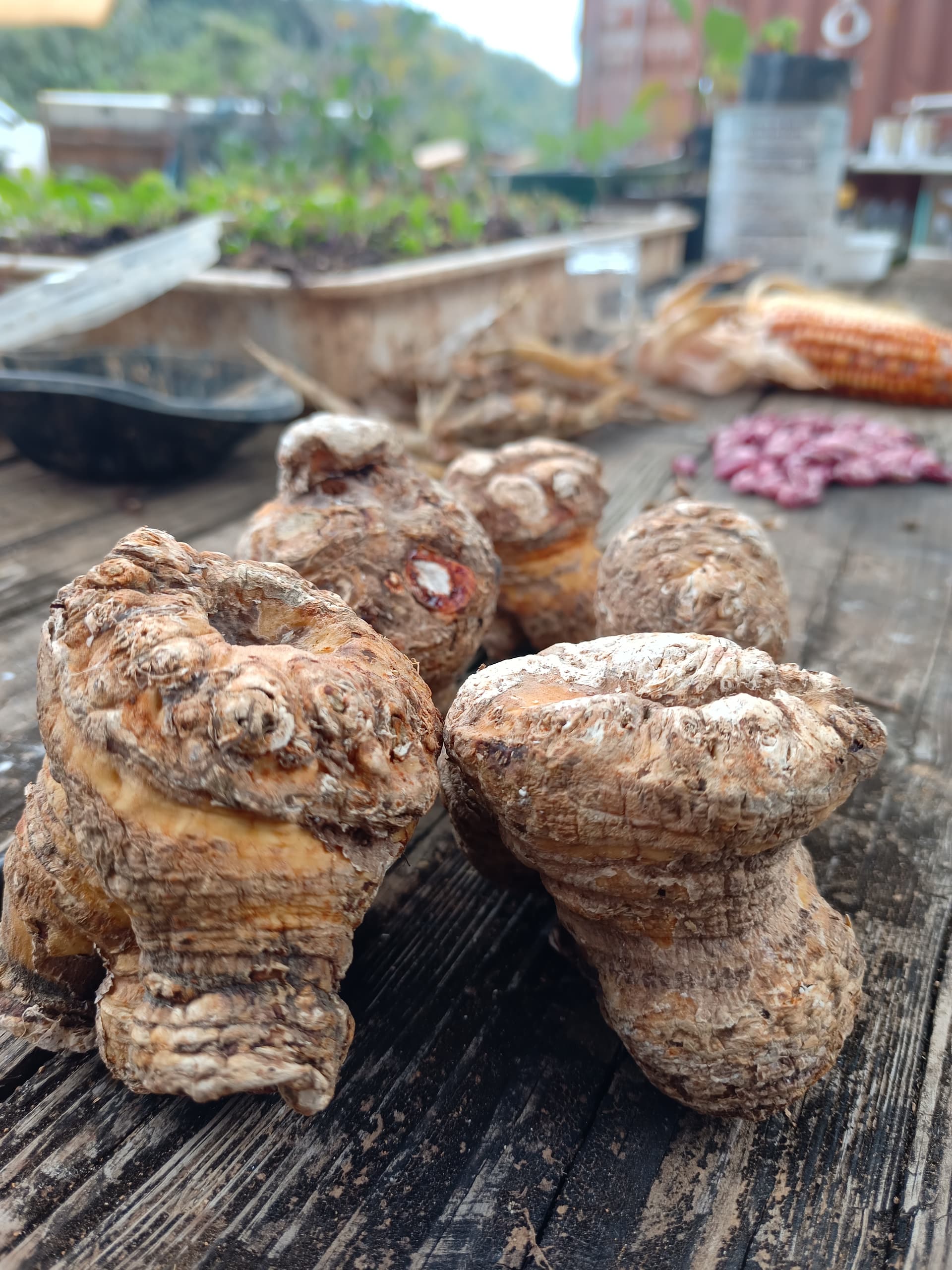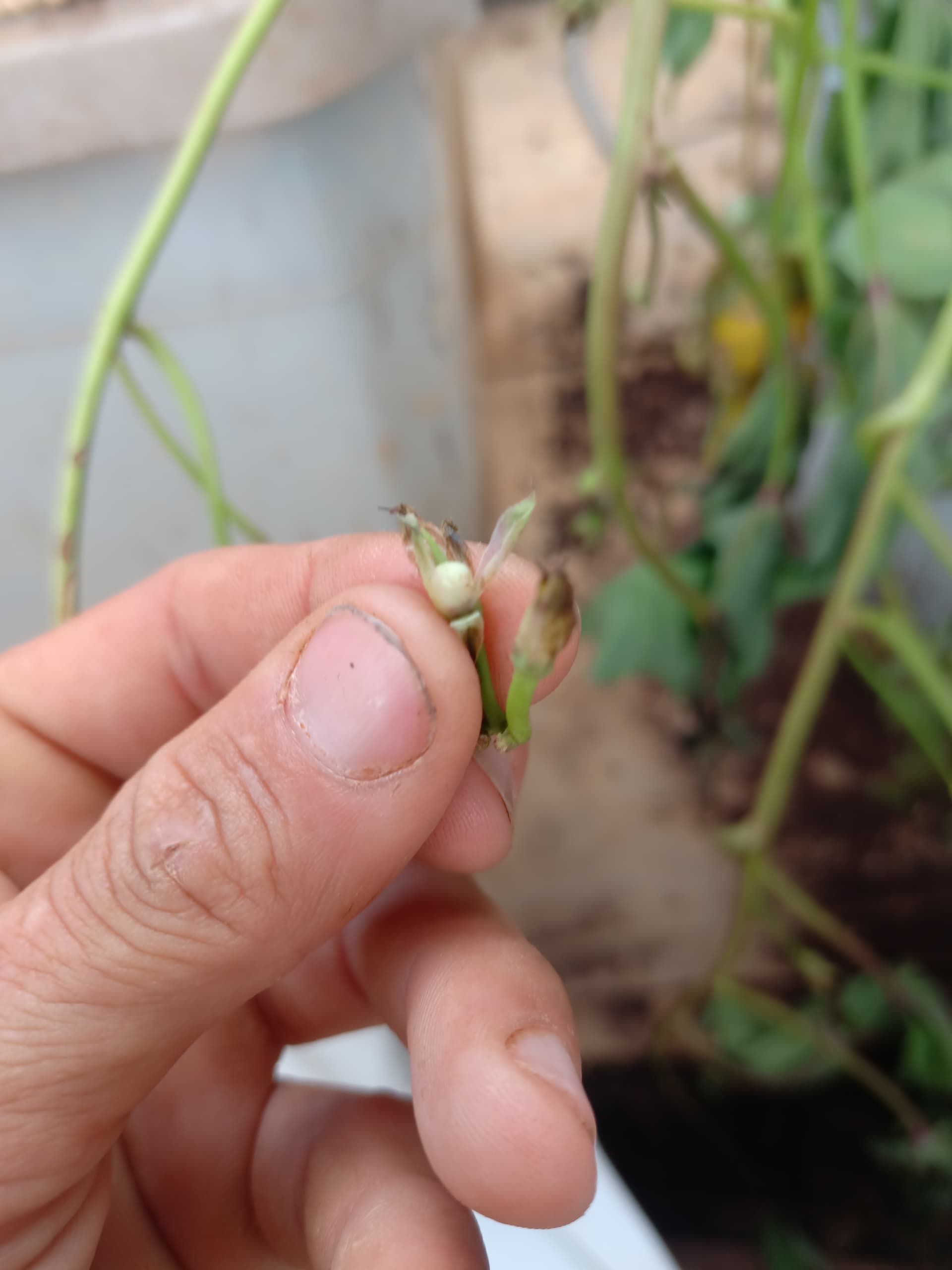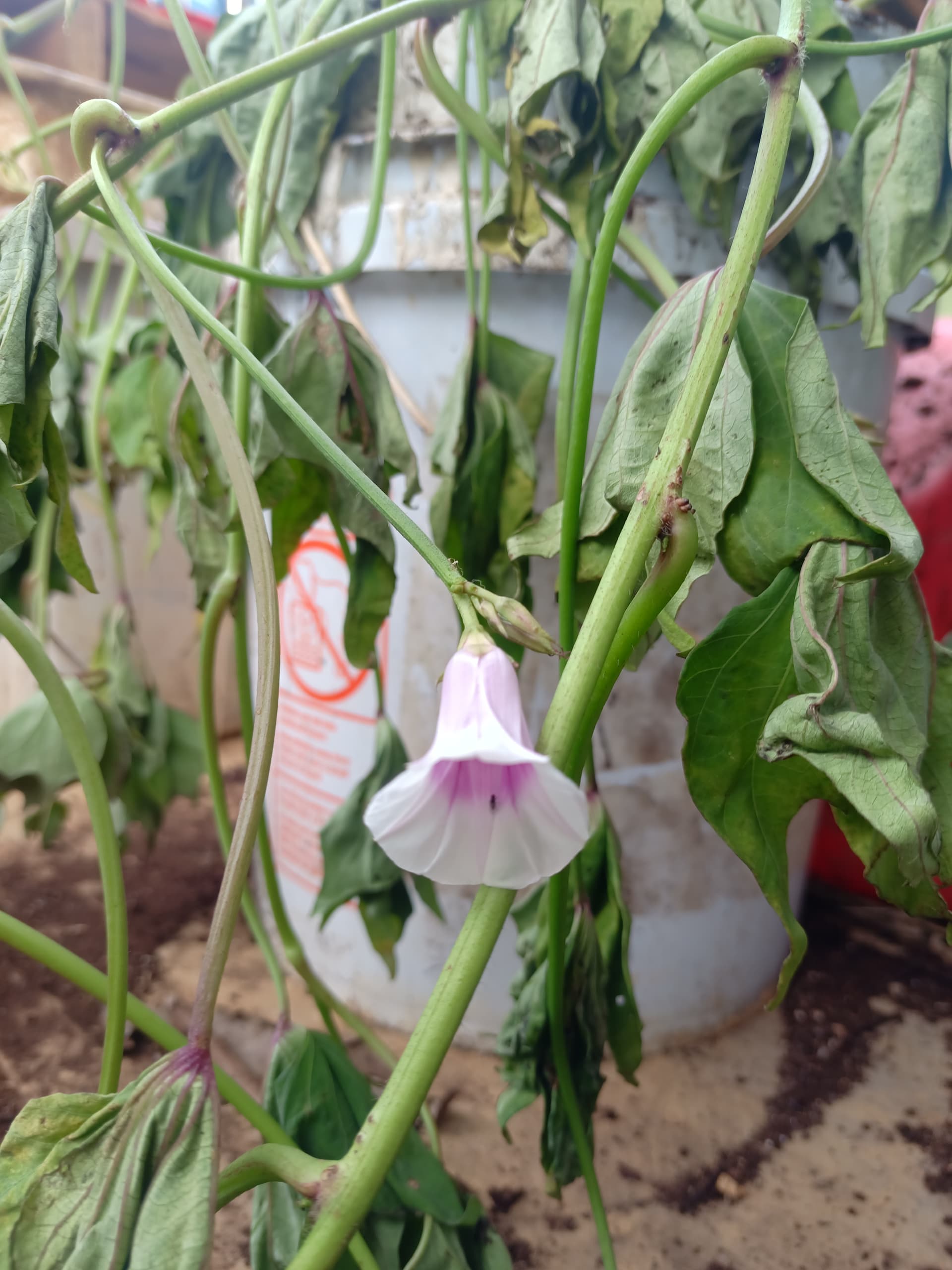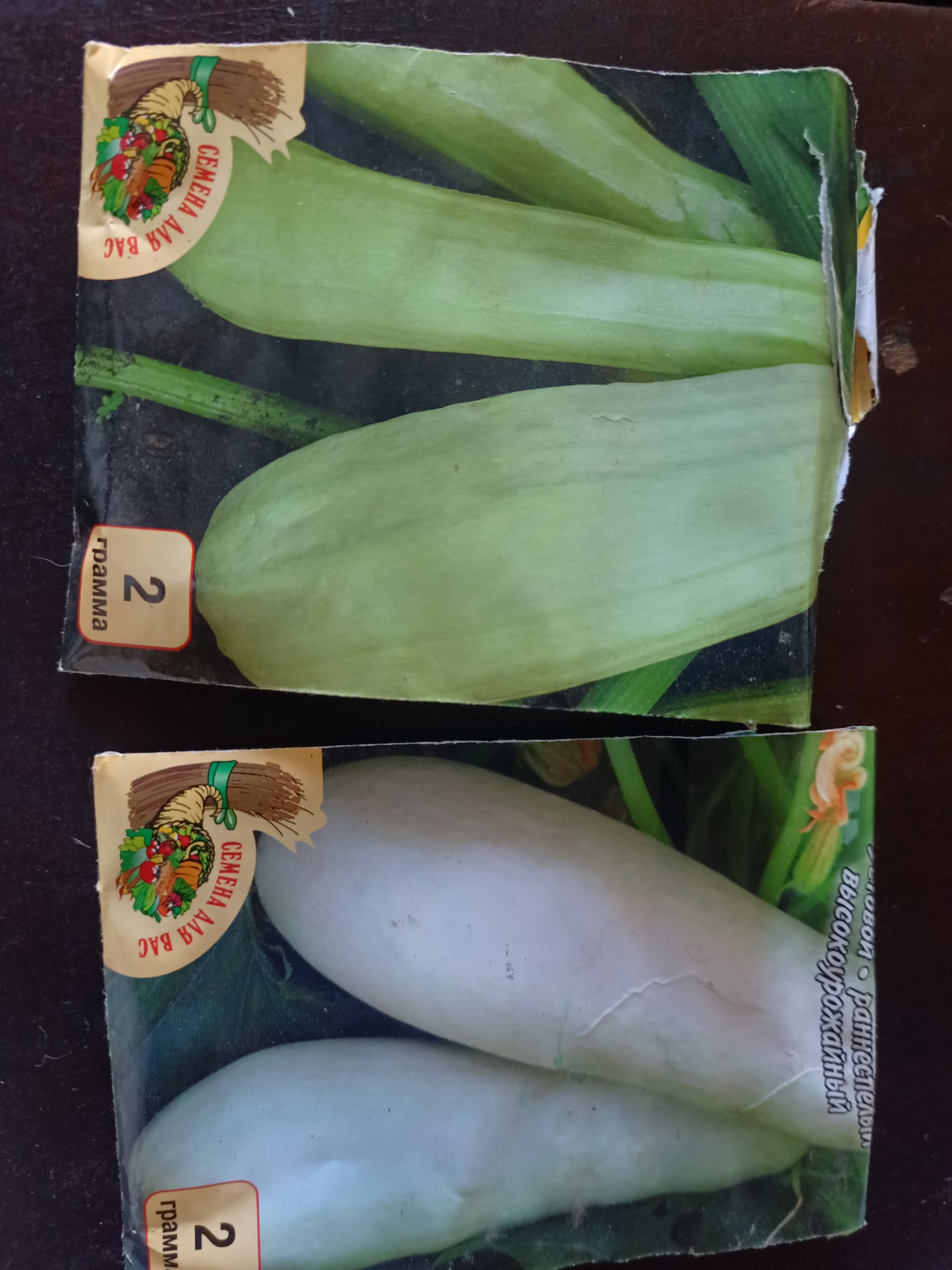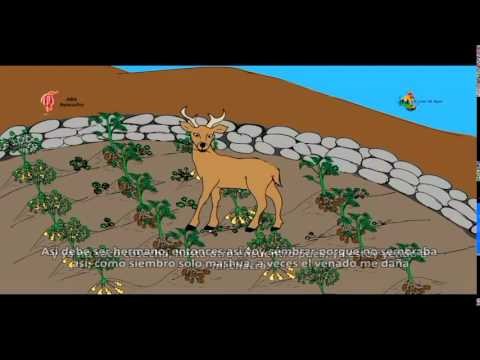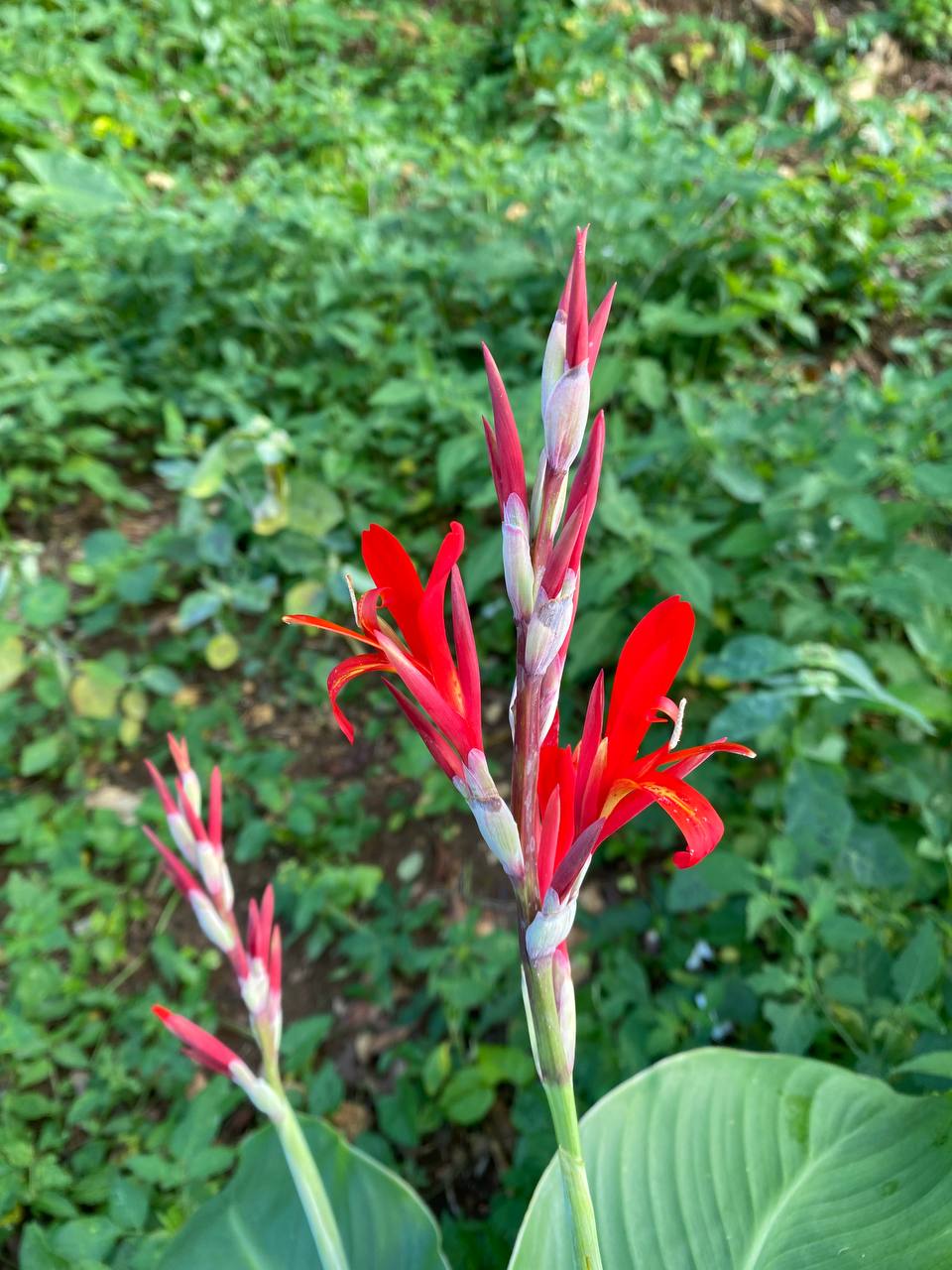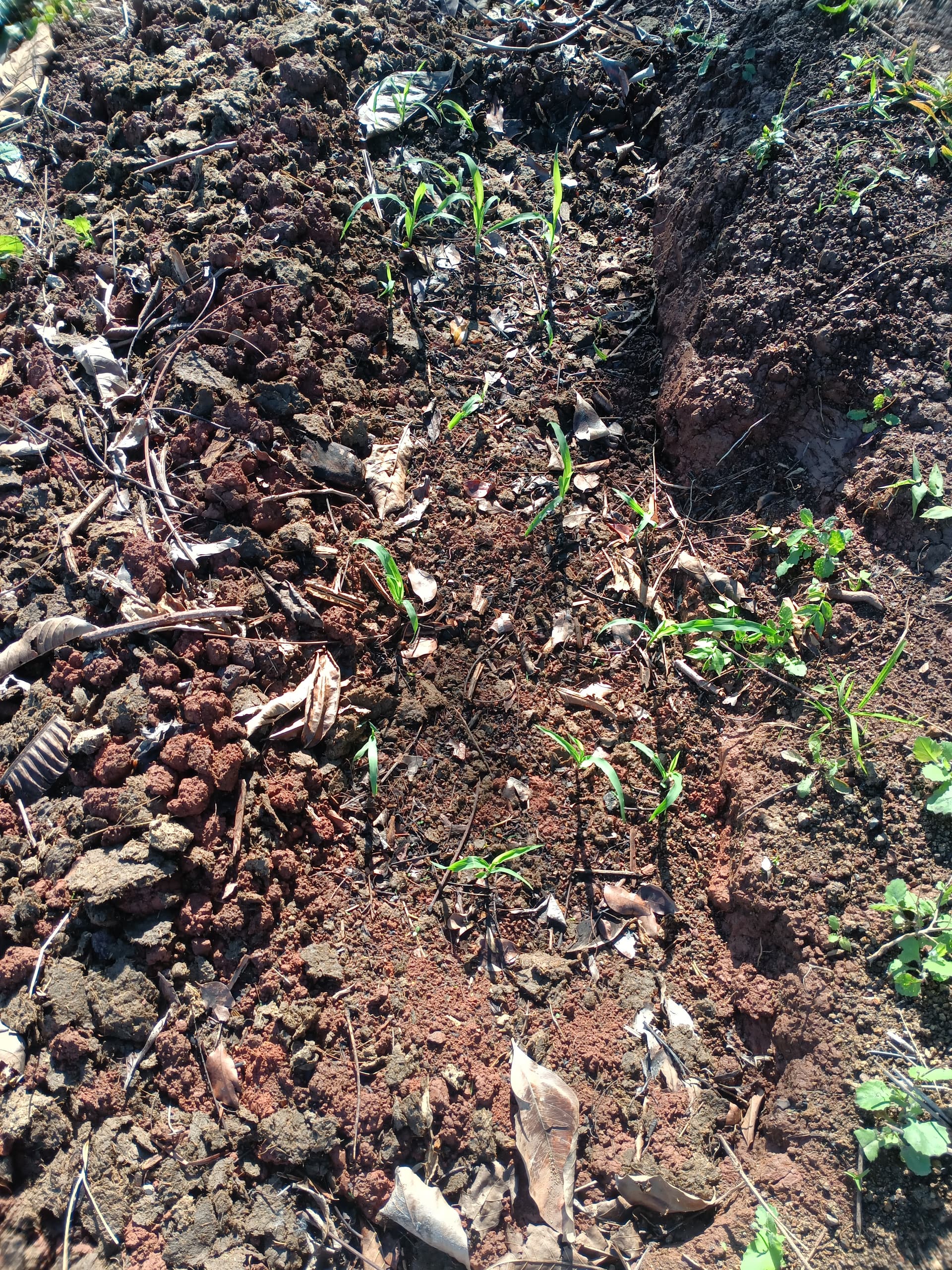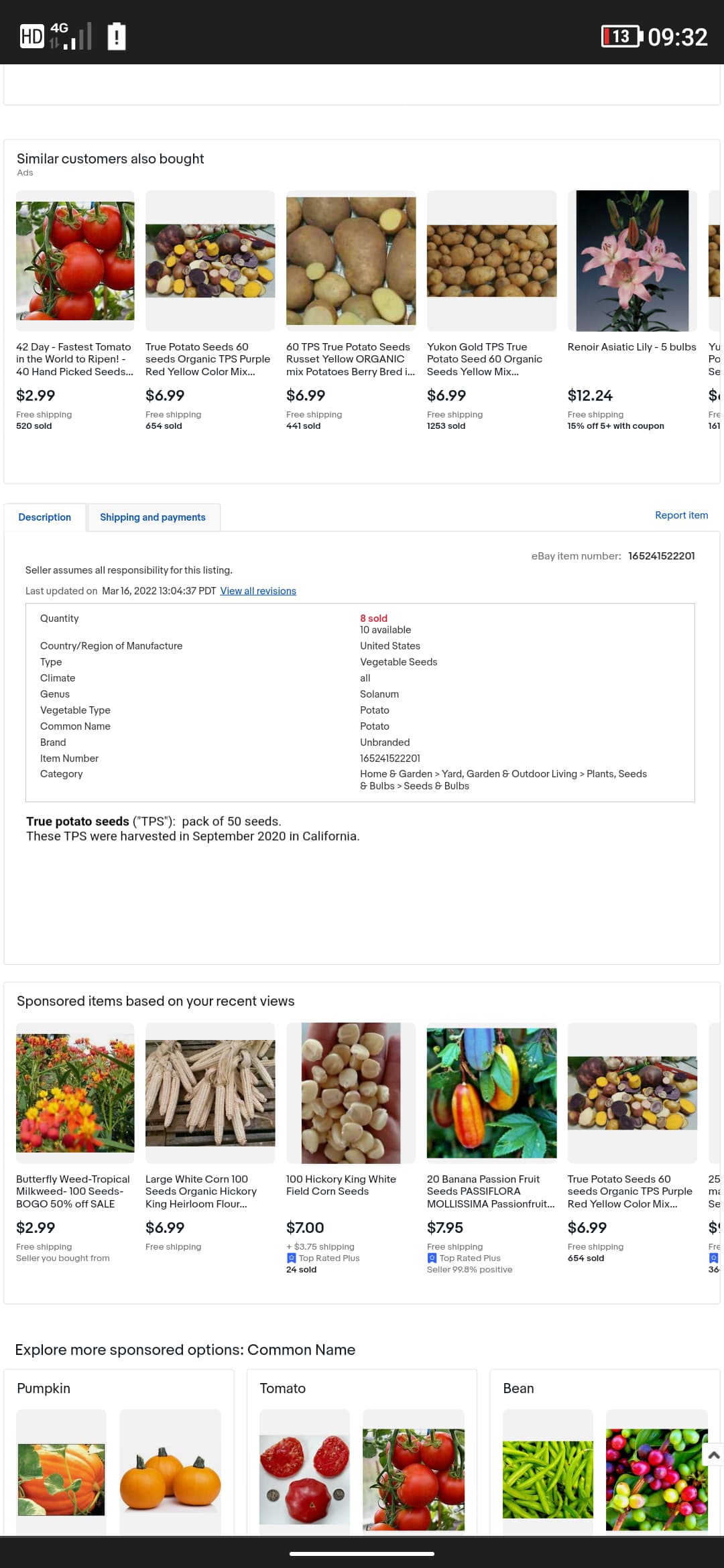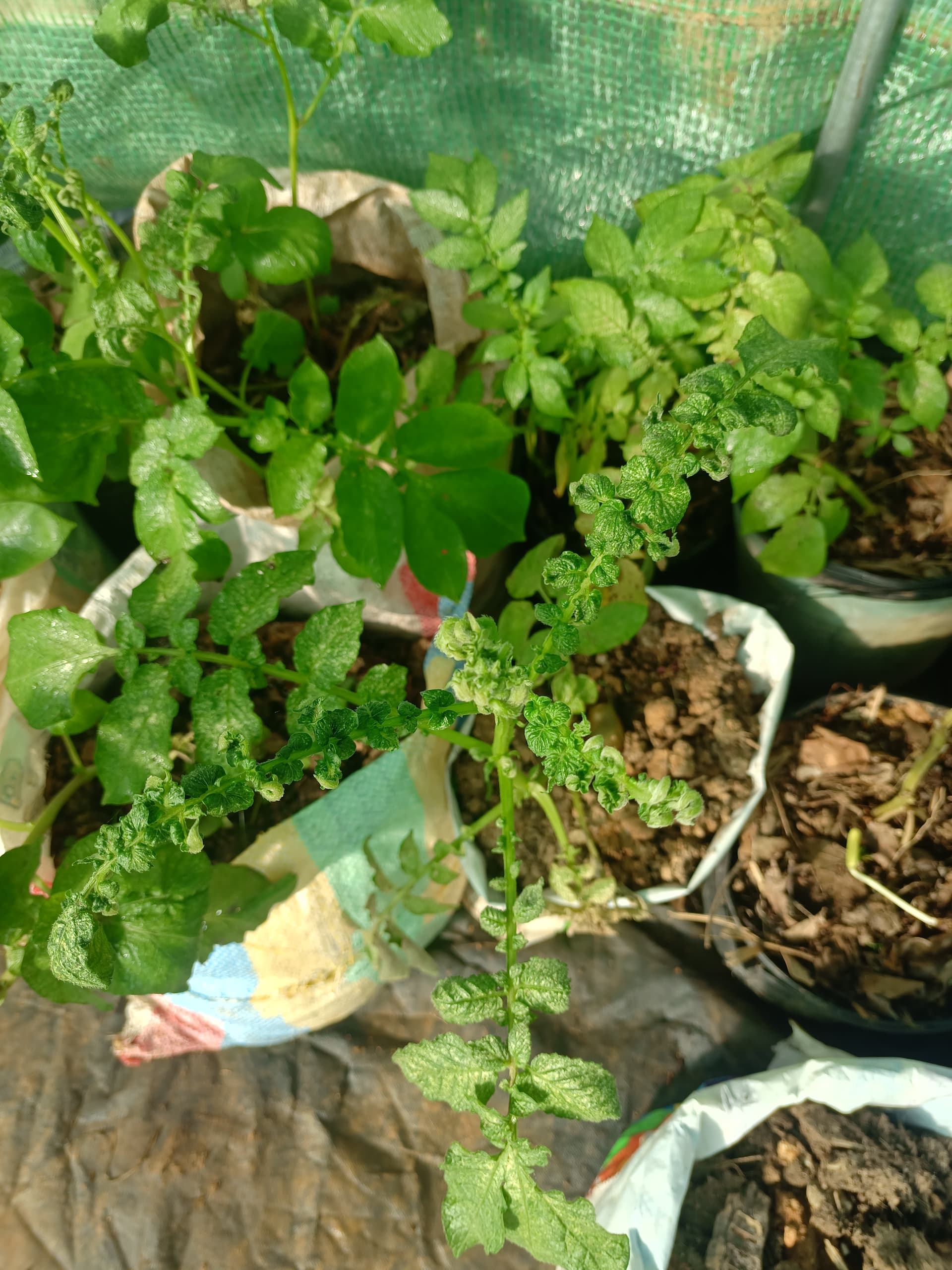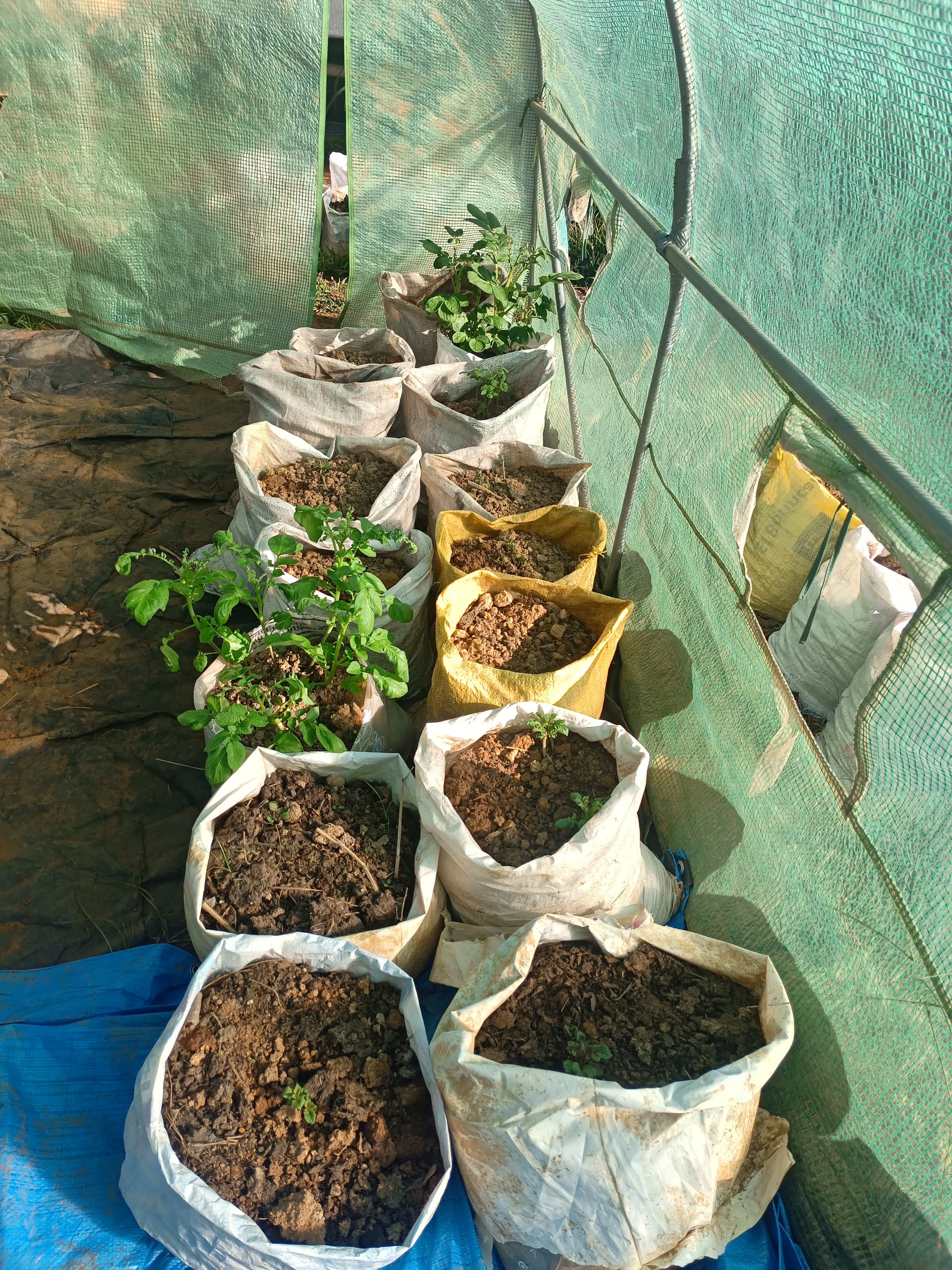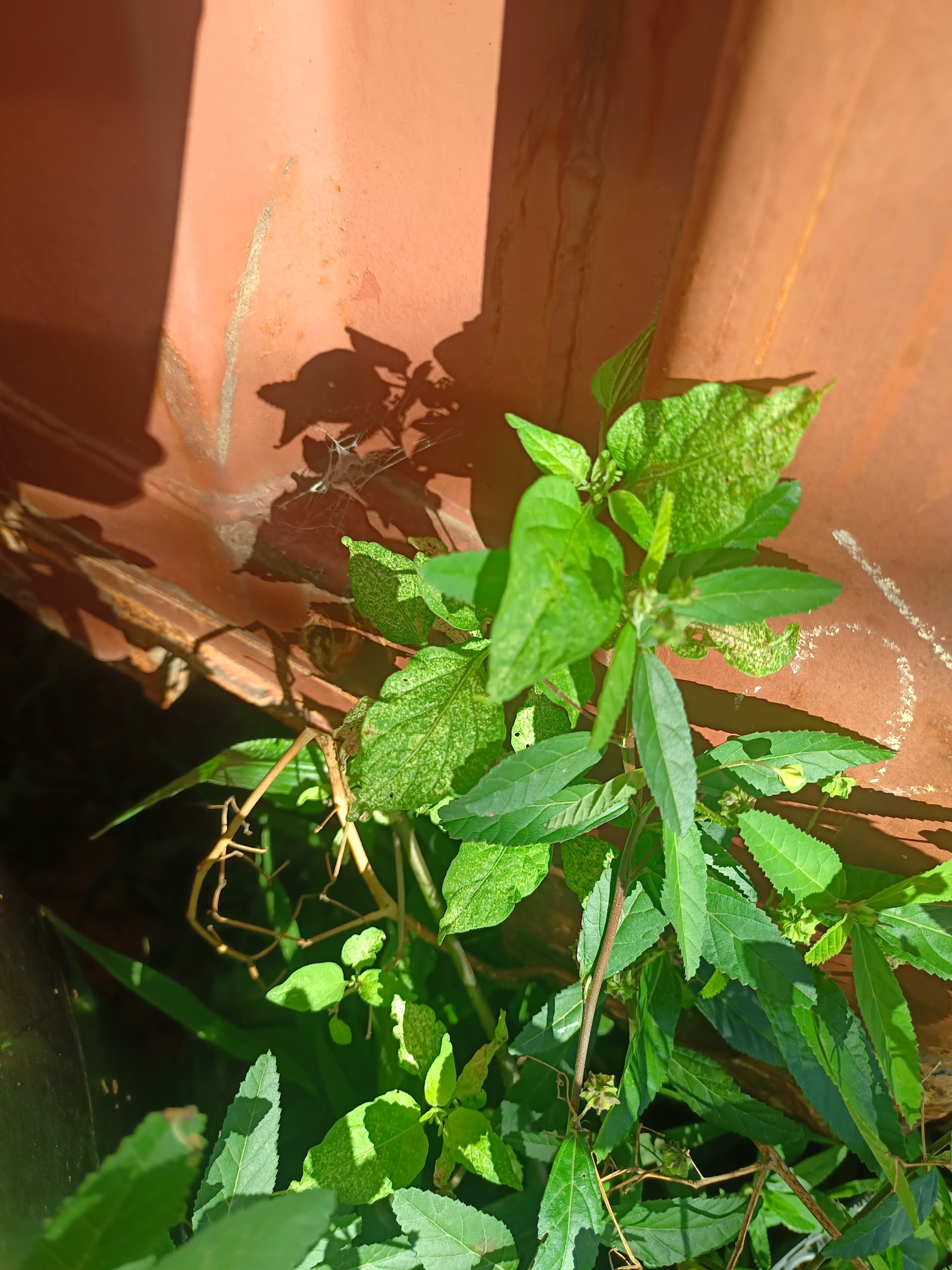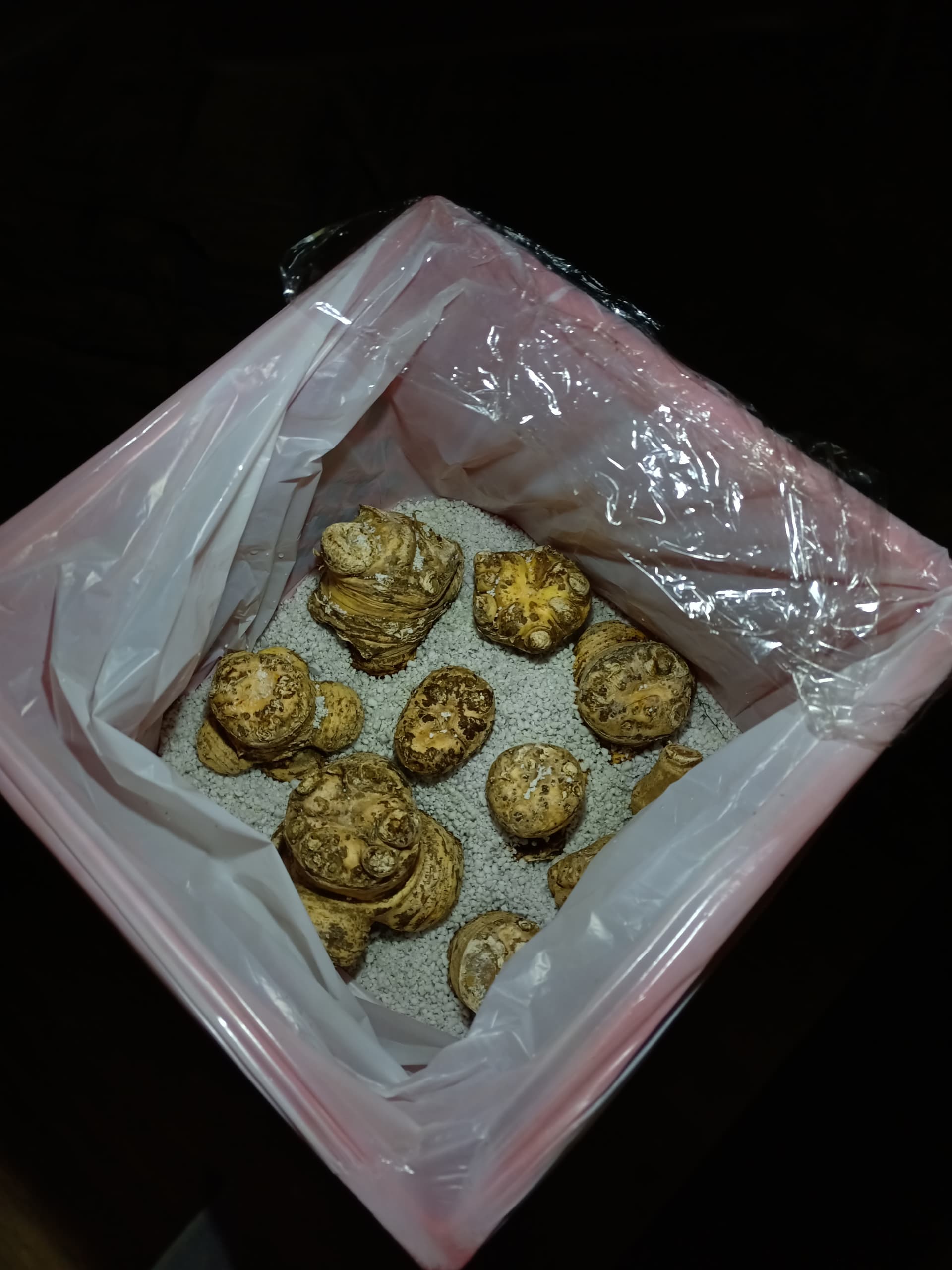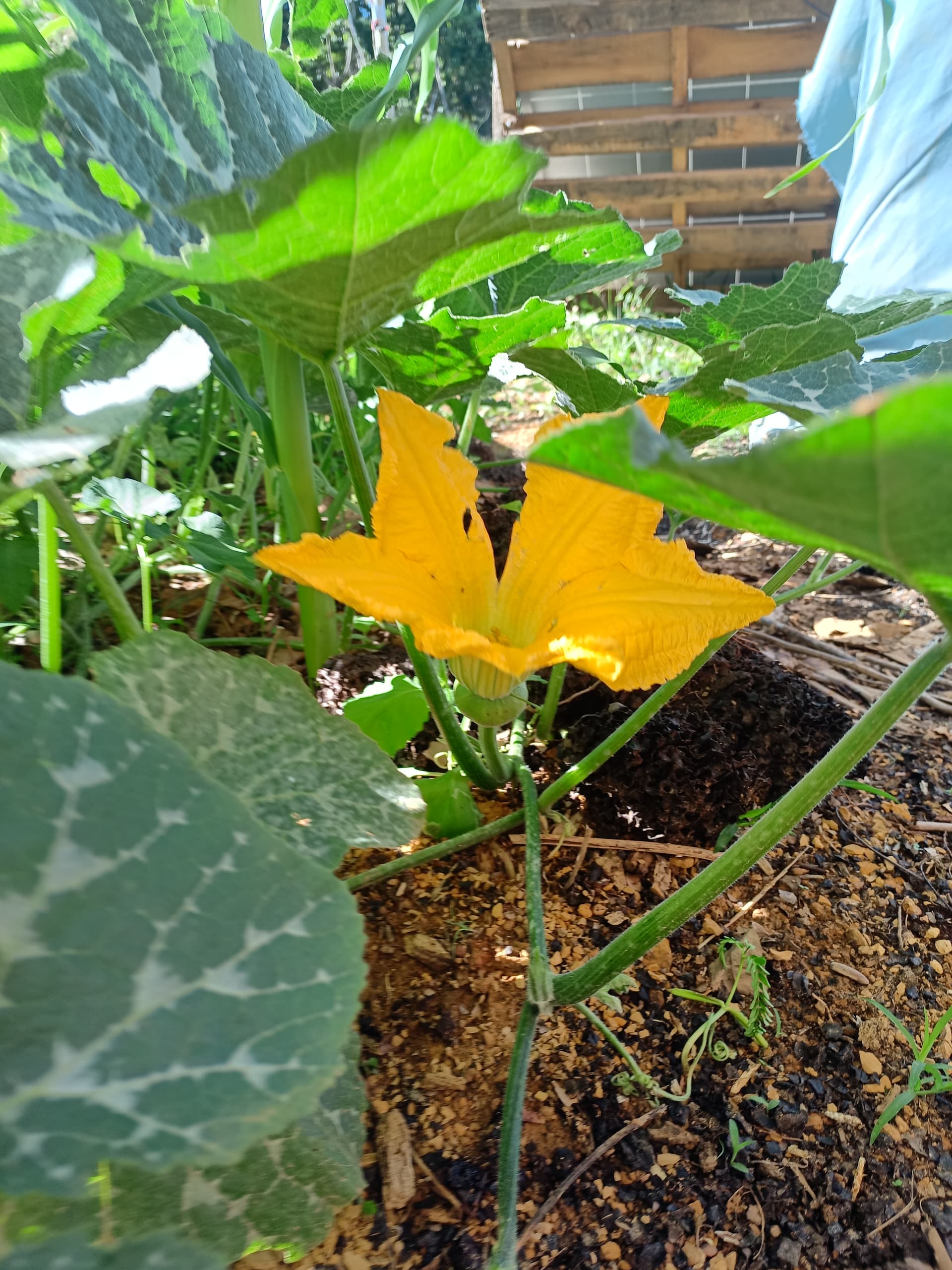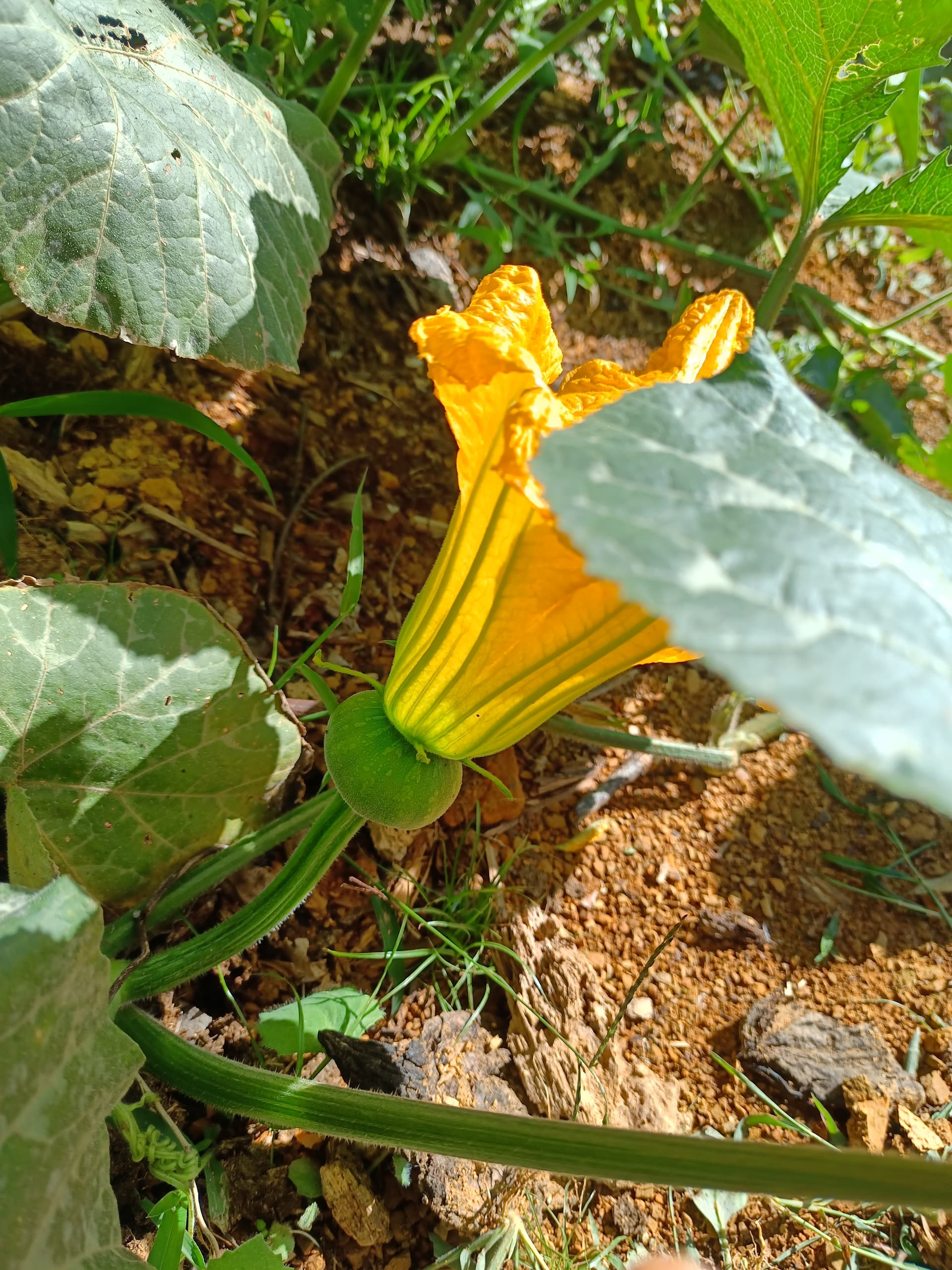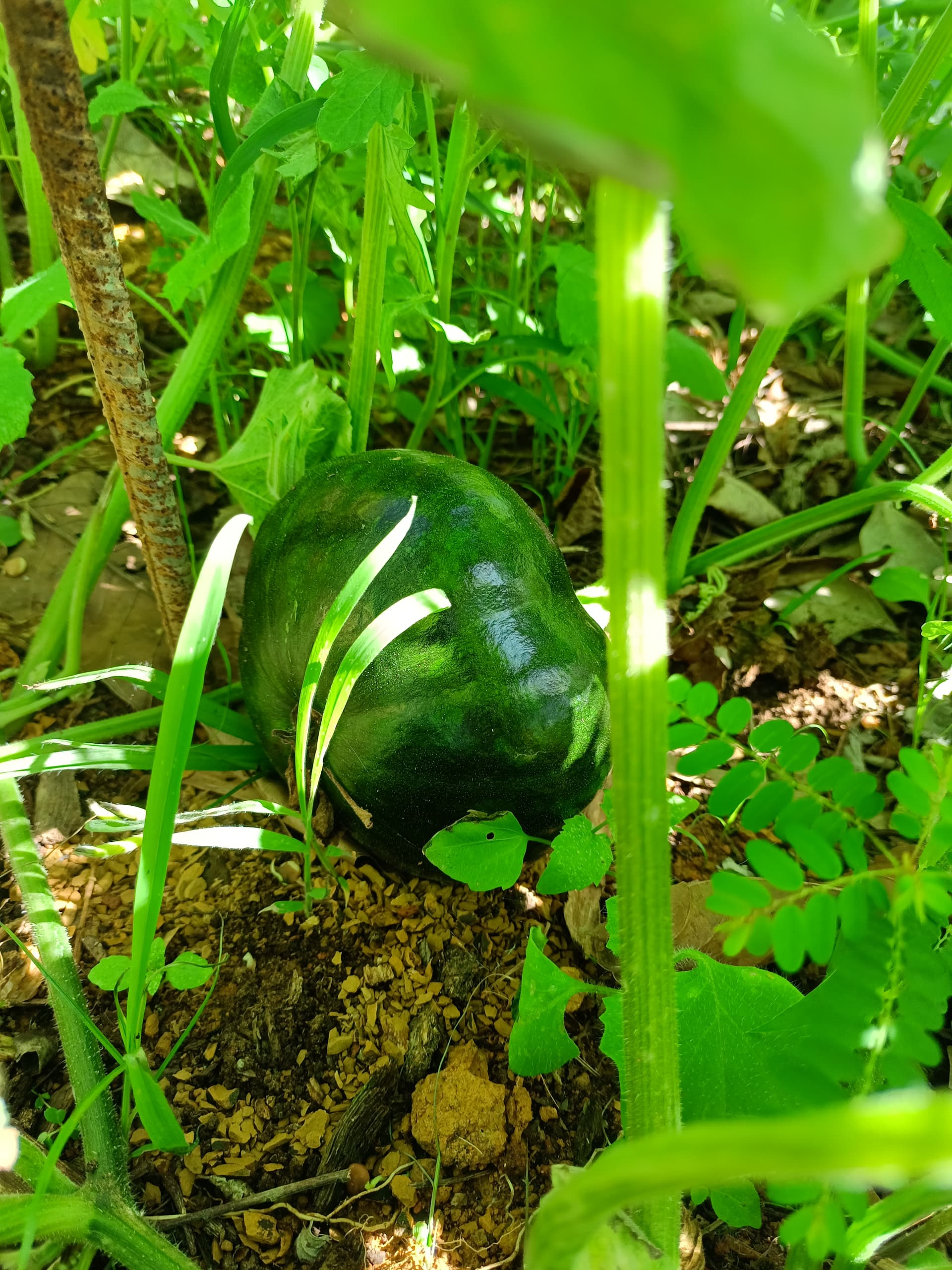On domestication, tecnology, agricultural practices and selection
I try to submerge myself in whatever information is available on a given topic when I am interested in. So I have spent a number of hours reading and watching videos about maize. In one of those someone mentioned something along this lines: “Maize is a crop that evolved withing cultures that did not have iron tools or beasts of burden”. I am sorry I dont remember the specific video nor the specific quote and surely it was more elaborate and eloquent than that.
It is easy to overlook this, it is not something that we may need to think about often. At least not in our modern lives, yet it is important to us because it determines what makes it to the shelf. We relate to our food as it is proper for our time and our tecnology. Certainly a man living 2000 years ago related to his food as was proper for the tools of his time. Therefore a man living in the tropics, without metal tools, without the massive aid that a cow or a goat provides clearing the land, without the abundant fertilizer from those same animals, has to select for very different qualities than the man that does have those things, us included.
I sent some Calabaza squash (C. moschata) seeds to a brother of mine in the states, he was barely able to grow it. I am growing zucchinis (C. Pepo) from seed I got from ebay of Russian and Belarussian origin (good timing  ) and another of unknown origin. They are growing close to my Calabazas. Obviously the zucchinis have been bred to be short and compact and early flowering, a product of modern selection, while the moschatas, which are a natural landrace here, are 10 feet long and not a single flower in sight. By modern agricultural standarts and practices this is without doubt an unruly plant, but for a man 2,000 years ago this was most likely a trait selected for, either intentionally or unitentionally. Even modern men that do not use machinery or herbicides may benefit from it from time to time. It suppresses weeds, it forms long vines that are able to scavenge fertility and moisture in the surrounding areas, etc.
) and another of unknown origin. They are growing close to my Calabazas. Obviously the zucchinis have been bred to be short and compact and early flowering, a product of modern selection, while the moschatas, which are a natural landrace here, are 10 feet long and not a single flower in sight. By modern agricultural standarts and practices this is without doubt an unruly plant, but for a man 2,000 years ago this was most likely a trait selected for, either intentionally or unitentionally. Even modern men that do not use machinery or herbicides may benefit from it from time to time. It suppresses weeds, it forms long vines that are able to scavenge fertility and moisture in the surrounding areas, etc.
Seed bearing plants are easier to steer in this or that direction. Plants that are propagated vegetatively give rise to cultural practices as we must adapt to the plant rather than adapt the plant to ourselves, to a certain degree. I wonder at the marvels of domestication. Certainly when youre stuck in a place you have to make do with whats available and its hard for me to put myself in the position of a person I know nothing of, except the stories I have heard. Lets take achira as an example. I have seen this plant a million times, I even had a notion of its edibility, but I have neved had a need to go dig out an achira root in order to eat. Therefore my relation to it has been marginal, now I am relating to it, but from the perspective of a man that knows about Mendel and has a refrigerator and an iron stove.
This is the second year we are farming, we are neophytes at this, and last year as I cleared the areas for growing I skipped over certain weeds for whatever reasons. This year the proportion of this plant to that plant is different than last year. Through a process of passive selection I am changing my surroundings. I am a modern man, I own a car and a cell phone, my life does not depend on my corn or manioc crop, I spend a fraction of the time looking and weeding my garden as a “primitive” man would have spent. I dont need to have all the weeds in my garden designed or combined because I own a machete, a few in fact. Do you see where I’m going?
Domestication is survival. We are simbiots, its a two way relationship. It must never stop. The moment we forget we start to devalue. Its a paradox, now that we can and we know how to we dont need to.

